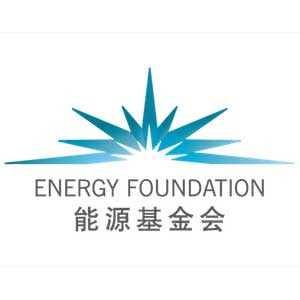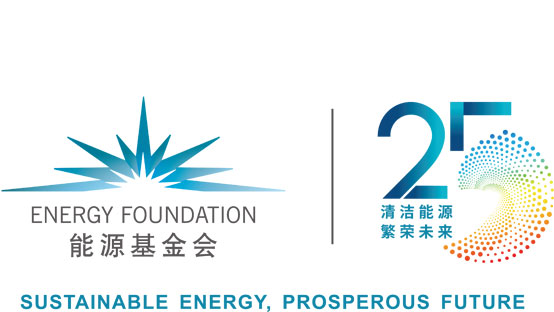Introduction to the Low Carbon Economic Growth Program
In the context of carbon neutrality, the transition of China to a net-zero emissions pathway will both address climate change challenges and reshape a new growth model for the economy. On the demand side, the low carbon transition will unlock new export market opportunities, create demand for high-value goods and services, provide a stimulus to the efficient consumption of resources, and shift to low carbon investment. On the supply side, it will support innovation, facilitate the transition away from carbon-intensive capital, strengthen the investment in natural and human capital, and rebuild a more balanced portfolio of wealth stocks. To achieve carbon neutrality early, a series of systematic socio-economic changes are needed, including a new economic performance assessment centered on nature capital, green fiscal and financial systems, incentives for sustainable infrastructure and net-zero technology innovation, and just transition solutions. The low carbon transition will build a new growth engine for China’s future, create new sources of wealth growth, and help realize multiple goals for economy, society, energy, climate, and the environment.Program Strategy Overview
The Overarching Goal:
China adopts a new economic model that harnesses fresh growth drivers to deliver high-quality development, facilitates initiatives to build a green, “beautiful China” with world-class air quality, peaks carbon emissions as early as possible, and places the country on a trajectory for net-zero greenhouse gas emissions by 2060.
Program Initiatives:
- Build policymaker awareness of the value of a low carbon growth model, support setting targets and pathways, and facilitate the development of new metrics to support measurement;
- Support markets for—and hence investments in—natural capital and the technologies that help to preserve or enhance it;
- Enhance understanding in the finance sector of the opportunities and risks from a low carbon transition, and facilitate the capital flows that will finance the natural, produced, and human capital needed for net zero emissions;
- Facilitate the delivery of sustainable infrastructure by increasing understanding of what it is and why it is important, how much is needed, and what enabling conditions it requires;
- Redirect China’s innovation activity toward low carbon products and technologies that support net zero goals; and
- Support economic diversification and the just transition by ensuring that there are economic opportunities for those currently involved in high carbon activities.





